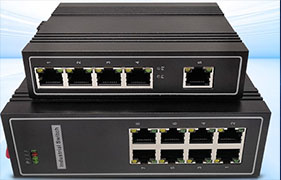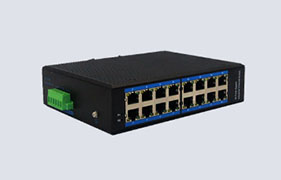What are industrial Switches and what are Industrial 5G routers
1. What are industrial Switches and what are Industrial 5G routers?
1. Industrial 5G routers are devices connected at the network layer. It's more complex and flexible than a bridge. Industrial switch is based on its MAC (network card hardware address) identification, network equipment can complete the packet packaging and forwarding function. Currently, switches are classified into Layer 2 switches, Layer 3 switches, and higher switches.
2. The original industrial switches work in the data link layer of the OSI/RM open system architecture (structure). Industrial 5G routers are originally designed as the network layer of the OSI model. Because industrial switches work at OSI Layer 2 (data Link layer) and work simply, industrial 5G routers work at OSI Industry 4 Layer 3 (network layer) and have access to more protocol information and G routers can make smarter forwarding decisions.
3. An industrial switch uses a physical address or MAC address to determine the destination address for forwarding data. The router ID number (IP address) of the different network is used to determine the address to which the data is forwarded. IP software implements addresses that describe the network on which the device resides. Sometimes these Layer 3 addresses are also called protocol addresses or network addresses. MAC addresses are usually assigned by the hardware of the network card manufacturer and have been solidified into the network card, which is usually immutable. IP Addresses are usually automatically assigned by the network administrator or system.

4. Industrial 5G routers can be divided into broadcast fields. The network segments connected to industrial switches still belong to the same broadcast domain. Broadcast data packets will be transmitted on all network segments connected to industrial switches, which may lead to communication support and security vulnerabilities in some cases. Network segments connected to industrial 5G routers will be allocated to different broadcast areas, and broadcast data will not pass through industrial 5G routers.
Although the VLAN function of Layer 3 and above industrial switches can also be divided into broadcast domains, sub-broadcast domains cannot communicate with each other, and communication between them still requires industrial 5G routers.


